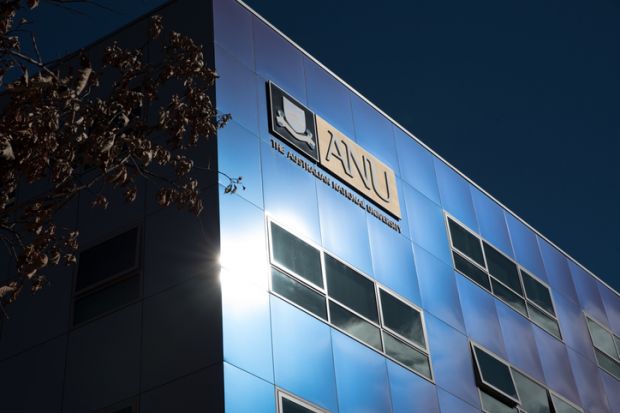The Australian National University (ANU) expects more Covid-induced financial pain in the years to come, despite turning an A$18 million (£10 million) deficit in 2020 into a A$232 million surplus in 2021.
In preliminary financial results released ahead of ANU’s annual report later this year, the university says it finished 2021 in a healthier position than predicted mainly because of three factors.
Salary savings from unfilled positions, reduced expenses on fieldwork and travel and unexpectedly robust research, teaching and consultancy earnings each contributed about A$50 million to the institution’s bottom line, converting a predicted A$120 million “operating deficit” into a leftover A$31 million.
And the “reported net result”, once investment earnings and insurance payouts are factored in, will total almost a quarter of a billion dollars. But most of this money cannot be used for operations, according to updates on the university’s website.
This includes nearly A$90 million in earnings “due to market movement”, almost all of it “unrealised” paper gains in the value of the university’s investments, and another A$50 million in insurance payments to cover repairs to buildings damaged by the 2020 hailstorm.
ANU says the “improved results” will enable it to defer and reduce planned loans. But “this does not mean we have more money; it means we have less debt”, the university says.
“While 2021’s final financial figures were not what we budgeted, the sacrifices we have made in recent years were necessary for our ongoing success as an institution.”
The extra earnings also include ANU’s A$71 million share of the one-off A$1 billion boost to research funding in the 2020 budget. This extra research money has now been allocated, but some A$30 million in associated expenses still need to be paid, the university says.
And it faces increased costs as it reboots activity in a Covid-normal world. “We are going to hire colleagues to fill vacant positions, and we are going to get out into the field and take our work around Australia and the rest of the world, as the national university should.”
ANU says it expects to return to “operating deficits” in 2022 and 2023 before reaching an “operating break-even position” the following year and a “small surplus” the year after that.
Its preliminary results echo improvements in the published accounts of the public universities in Queensland and Western Australia. All 11 institutions notched up improvements in their bottom lines in 2021, and all but one registered surpluses, thanks largely to rebounding stock markets, increased teaching grants and the extra billion dollars of research money.
ANU says it cut its staff expenditure by more than A$93 million last year, largely thanks to a A$49 million fall in redundancy-related costs. About A$45 million in savings came from salary reductions, with the university employing the equivalent of 321 fewer full-time staff in 2021 than in 2020.
“Annualised” full-time equivalent staffing declined from 4,423 in 2020 to 4,102 in 2021. Meanwhile enrolments increased by the equivalent of 340 full-time students, with the university gaining almost two additional domestic students for every international student it lost.
Register to continue
Why register?
- Registration is free and only takes a moment
- Once registered, you can read 3 articles a month
- Sign up for our newsletter
Subscribe
Or subscribe for unlimited access to:
- Unlimited access to news, views, insights & reviews
- Digital editions
- Digital access to THE’s university and college rankings analysis
Already registered or a current subscriber?










